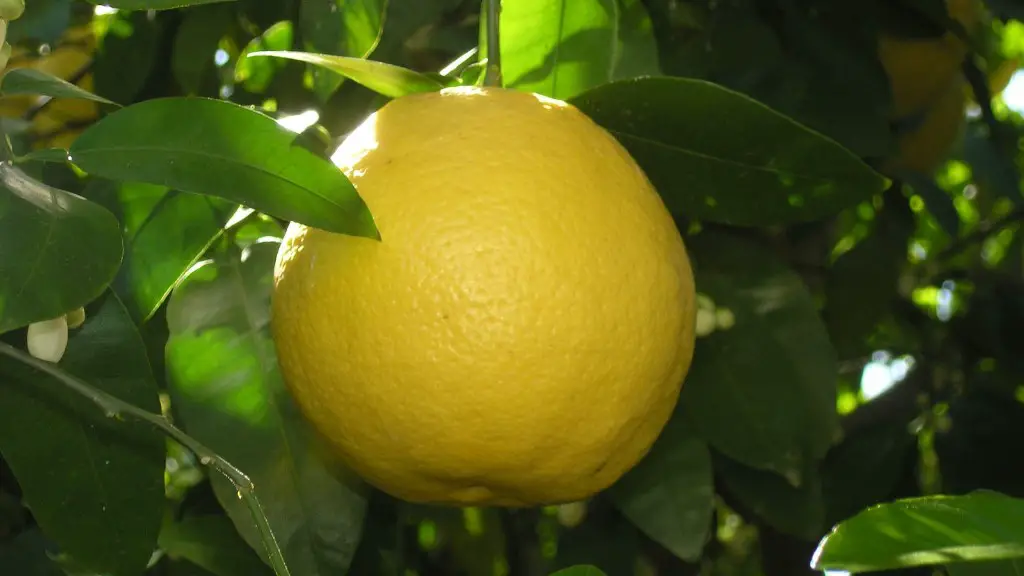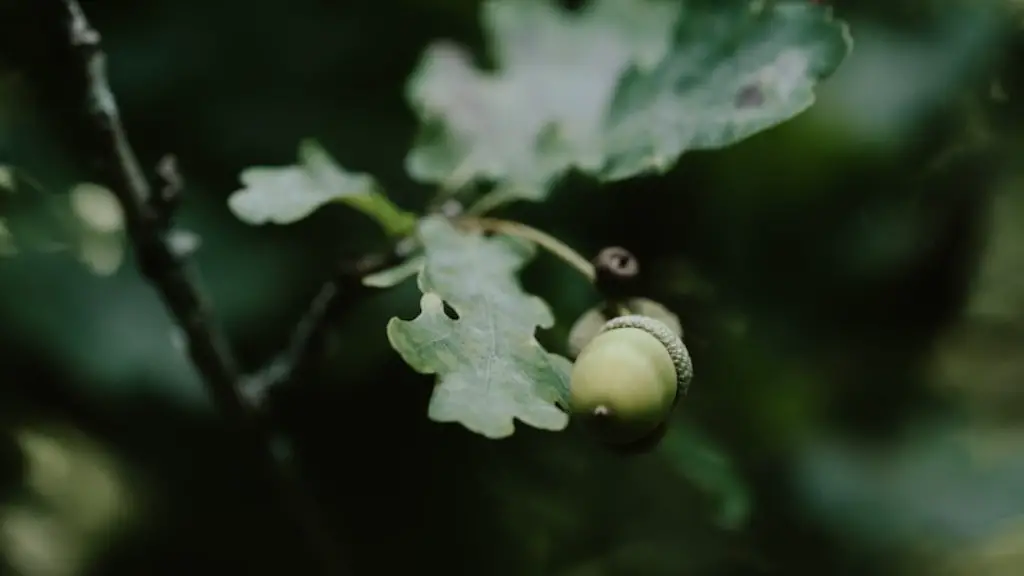When it comes to pruning meyer lemon trees, the goal is to maximize yield but also maintain an eye-pleasing aesthetic. Pruning needs to be done regularly to ensure the meyer lemon tree health and fruit production. Here, we’ll cover the basics of how to properly prune meyer lemon trees.
First, it’s important to recognize the importance of pruning, as it reduces vigor and makes the tree more productive. Pruning should be done in the winter when the tree is dormant, usually between mid-December and mid-March. Remove all dead, diseased, or damaged wood and excess sucker growth, as these can impact the health of the tree. The sucker growth should be cut back to the ground or to the lowest main limb.
Once you’ve removed all dead, diseased, or damaged wood and sucker growth, it’s time to start shaping the tree. You’ll want to maintain a structurally sound tree by cutting branches so you’re left with a symmetrical or vase-shaped canopy. Remove some of the new growth by heading back the limbs to increase light and air penetration. This will also increase the branching of the tree, so you can get more fruit.
Next, check the shape of the leader. The leader should be trimmed back to a length of 18 inches. This will help promote a strong and vigorous meyer lemon tree. Don’t forget to cut off crossing shoots, as this will reduce competition for the leader and will encourage the tree to grow upright. Finally, be sure to thin out the meyer lemon tree so that all the branches aren’t competing for the same amount of light and air.
It’s also important to remember that pruning meyer lemon trees is as much about creating an aesthetically pleasing tree as it is about encouraging productivity. Be sure to look at the overall shape of the tree when you’re done pruning and make sure that it doesn’t look lopsided or overgrown. With a little attentiveness, veracity and experience, you can turn your meyer lemon tree into a beautiful and productive addition to your garden.
When to Prune
Pruning of meyer lemon trees should be done in the winter, when the tree is in its dormant stage. From mid-December to mid-March is the best time to prune meyer lemon trees, as pruning at any other point in the season can compromise the health and growth of the tree. In order to keep the tree in optimum condition, prune your meyer lemon trees annually or biennially depending on their level of growth.
Tools Needed for Pruning
For pruning your meyer lemon tree, you will need a few essential pruning tools. Scissor-type pruners, or loppers, are generally the most efficient for pruning branches up to four inches in diameter. A saw should be used for branches larger than four inches. A pruning saw is used to prune larger branches, and is preferable to a regular saw, as it is usually smaller and easier to maneuver. Finally, always use gloves when pruning, as thorns can cause painful injuries.
Pruning Techniques
There are a few basic pruning techniques that you should know when working with meyer lemon trees. Heading back is a technique in which the end of a branch is cut so a new shoot can form, leading to an increased bearing of fruit. Thinning out is the process of removing shoots or branches that cross or rub against each other in order to increase light and air penetration. Lastly, topping is the process of trimming back long branches to encourage new growth and denser branching.
Meyer Lemon Tree Benefits
The benefits of having a meyer lemon tree are plentiful. Not only are they incredibly beautiful to look at, they also produce a delicious and fragrant fruit which can be used in a variety of recipes. Meyer lemons are also known for their disease resistance, making them sometimes less challenging to maintain than common lemon varieties. Pruning your meyer lemon tree regularly can not only lead to a robust and aesthetically pleasing tree, but it will also help keep them healthy and productive.
Pruning Tips
Before pruning your meyer lemon tree, it’s important to inspect the tree for any dead, diseased, or damaged wood and suckers. These should be removed immediately, and all pruning should be done with gloves for prevention of any injury. Pay attention to the overall shape of the tree, as pruning should be done to create symmetry or a vase-like structure. This will help maximize the light and air penetration, resulting in an increase in branching and fruit production.

